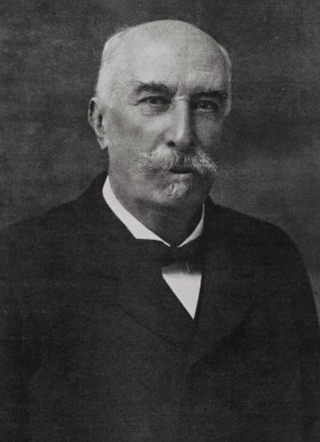
Giovanni Giolitti was an Italian statesman. He was the Prime Minister of Italy five times between 1892 and 1921. After Benito Mussolini, he is the second-longest serving Prime Minister in Italian history. A prominent leader of the Historical Left and the Liberal Union, he is widely considered one of the most powerful and important politicians in Italian history; due to his dominant position in Italian politics, Giolitti was accused by critics of being an authoritarian leader and a parliamentary dictator.

The March on Rome was an organized mass demonstration and a coup d'état in October 1922 which resulted in Benito Mussolini's National Fascist Party (PNF) ascending to power in the Kingdom of Italy. In late October 1922, Fascist Party leaders planned an insurrection to take place by marching on the capital. On 28 October, the fascist demonstrators and Blackshirt paramilitaries approached Rome; Prime Minister Luigi Facta wished to declare a state of siege, but this was overruled by King Victor Emmanuel III, who, fearing bloodshed, persuaded Facta to resign by threatening to abdicate. On 30 October 1922, the King appointed Mussolini as Prime Minister, thereby transferring political power to the fascists without armed conflict. On 31 October the fascist blackshirts paraded in Rome, while Mussolini formed his coalition government.
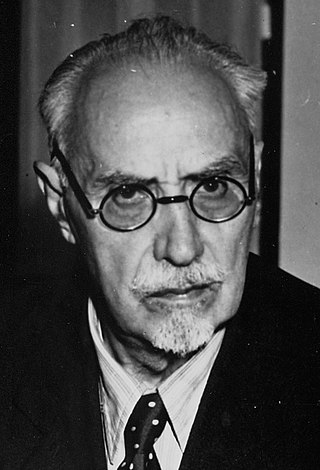
Ivanoe Bonomi[iˈvaːnoe boˈnɔːmi] was an Italian politician and journalist who served as Prime Minister of Italy from 1921 to 1922 and again from 1944 to 1945.
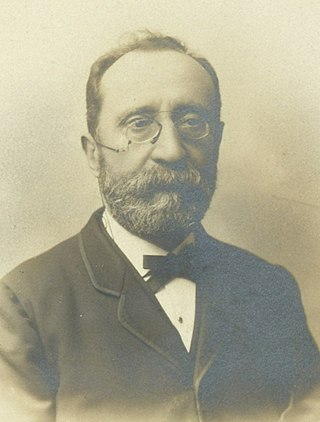
Paolo Boselli was an Italian politician who served as the 34th prime minister of Italy during World War I.
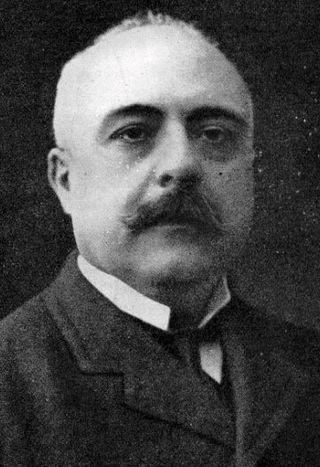
Antonio Salandra was a conservative Italian politician who served as the 21st prime minister of Italy between 1914 and 1916. He ensured the entry of Italy in World War I on the side of the Triple Entente to fulfil Italy’s irredentist claims.

Paolo Camillo Thaon, Marquess of Revel, latterly titled with the honorary title of 1st Duke of the Sea, was an Italian admiral of the Regia Marina during World War I and later a politician.
Radiosomaggismo describes a brief period of popular demonstrations in a number of Italian cities in May 1915, demanding the country’s entry into the First World War.
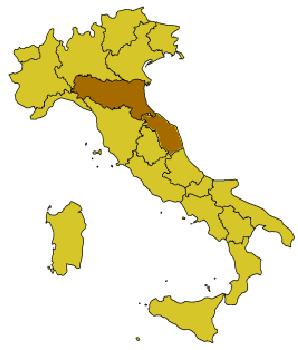
Red Week was the name given to a week of unrest which occurred from 7 to 14 June 1914. Over these seven days, Italy saw widespread rioting and large-scale strikes throughout the Italian provinces of Romagna and the Marche.

Garaguso is a town and comune in the province of Matera, in the Southern Italian region of Basilicata.
General elections were held in Italy on 6 April 1924 to elect the members of the Chamber of Deputies. They were held under the Acerbo Law, which stated that the party with the largest share of the votes would automatically receive two-thirds of the seats in Parliament as long as they received over 25% of the vote. The National List of Benito Mussolini used intimidation tactics against voters, resulting in a landslide victory and a subsequent two-thirds majority. This was the last multi-party election in Italy until 1946.

This article is about Italian military operations in World War I.
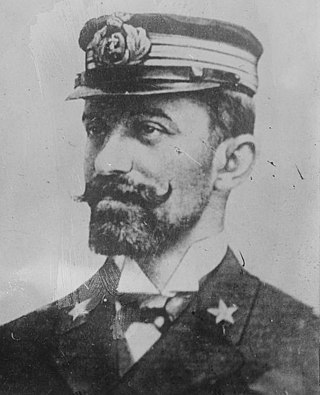
Enrico Millo was an Italian admiral and politician. As a military commander, he led the raid against the Ottoman Navy in the Dardanelles.

The Ministry of the Colonies was the ministry of the government of the Kingdom of Italy responsible for the governing of the country's colonial possessions and the direction of their economies. It was set up on 20 November 1912 by Royal Decree n. 1205, turning the Central Direction of Colonial Affairs within the Ministry for Foreign Affairs into a separate ministry. Royal Decree n. 431 of 8 April 1937 renamed it the Ministry of Italian Africa after the Second Italo-Ethiopian War, which resulted in the Italian annexation of the Ethiopian Empire and the birth of Italian East Africa. It was suppressed on 19 April 1953 by law n. 430.
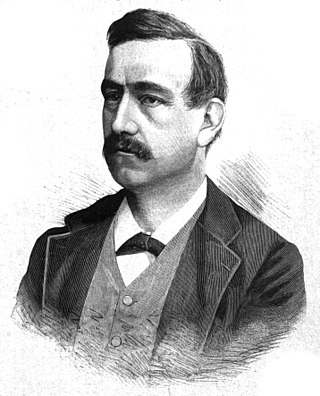
Ferdinando Martini was an Italian writer and politician. He was governor of Eritrea for from late 1897 to early 1907.
Events from the year 1916 in Italy.
Events from the year 1915 in Italy.
Events from the year 1914 in Italy.

The Salandra I government of Italy held office from 21 March 1914 until 5 November 1914, a total of 229 days, or 7 months and 15 days.

The Minister of War of Italy, was the minister responsible for the Ministry of War and the Royal Italian Army. The position was abolished with the creation of the position for Minister of Defence.













